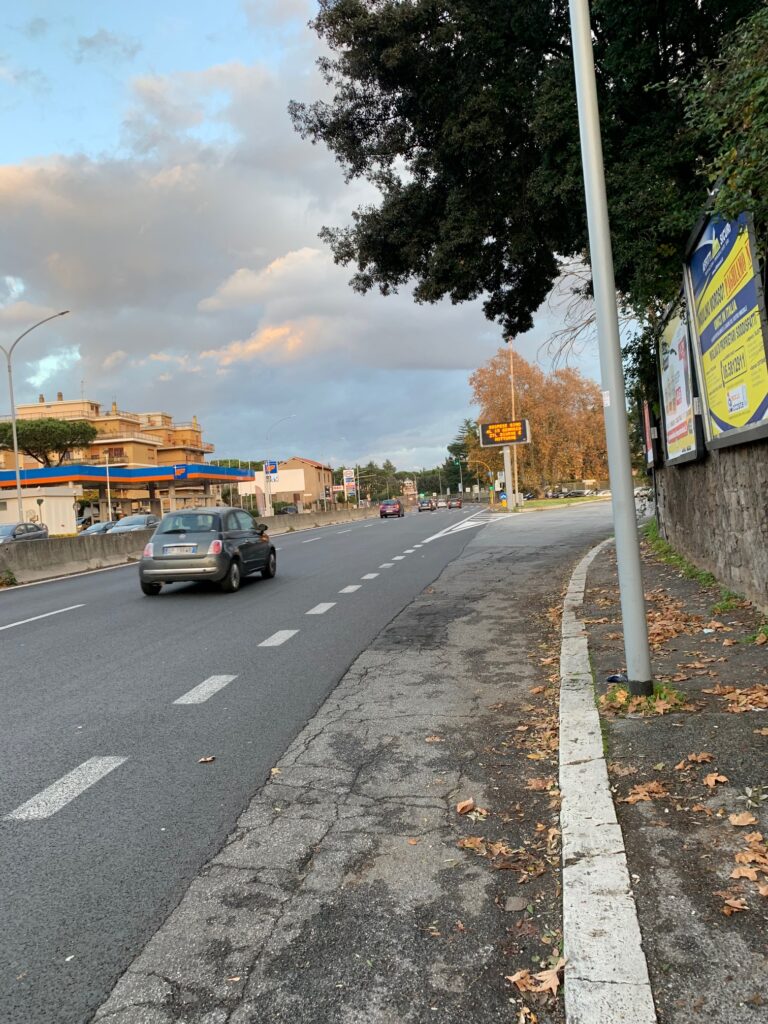
“This place here has some of the best water in Rome.”
I craned my neck to look back at the spot just pointed out to me on the fly. Traveling relatively quickly on a curve in the Aurelia, it was pretty hard to make out this blip of functional significance. Like any number of specialized and handy points of local interest, if you’re only focused on safely navigating an unfamiliar road then it will slip right past your eyes’ filters. But even though I did miss it on this first pass, the Roman’s remark did stick with me. Long after we arrived at and drove past the Vatican City walls, I kept thinking about it.
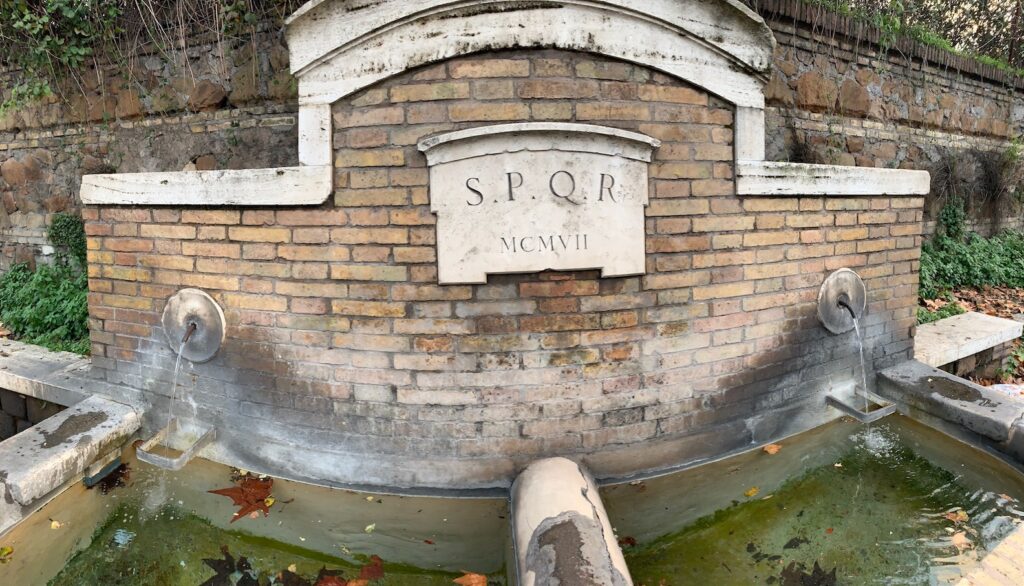
What did he mean, best water in Rome? Doesn’t all of the water come from the same pipes, aqueducts and what-have-you? Are people really going to pull off on a busy road for a fill up of city water? Maybe the locals would—but as for us outsiders, maybe not.
That exchange took place some 20 months ago. And while I still have not mastered a comprehensive knowledge of Italy’s hydro-particularity, this comment stuck with me. I now know exactly how to get back to that one spot.
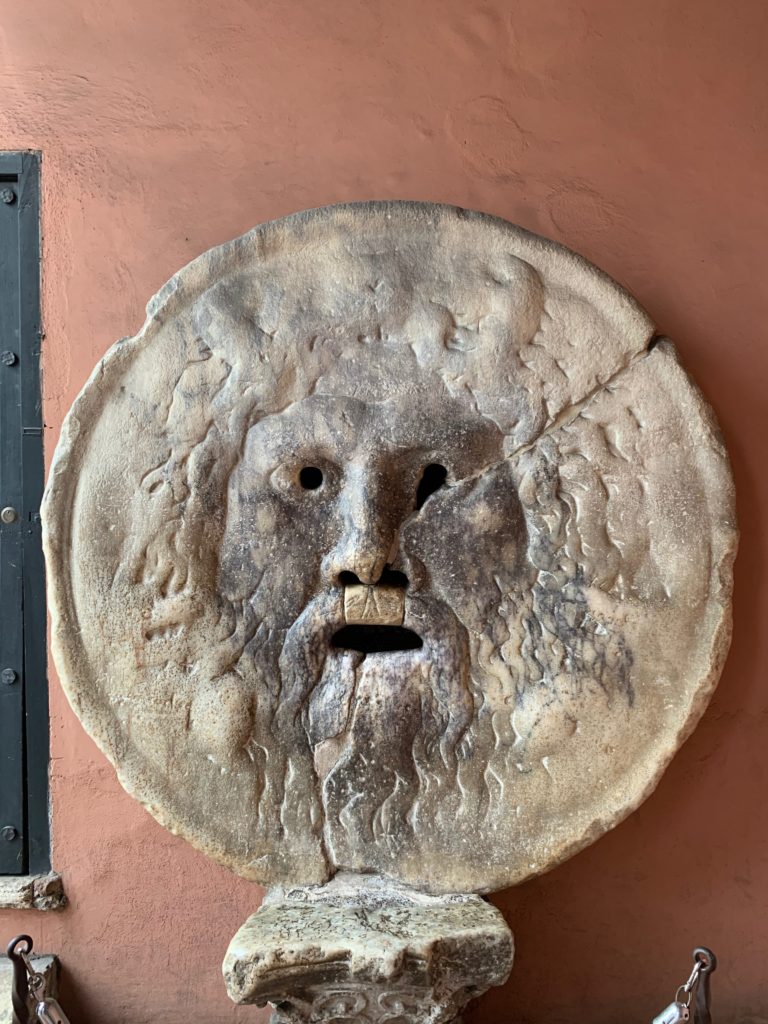
Rome is known for so many things that it’s ridiculous to submit a prioritized list for what you should focus on as a newcomer. From the art, to the history, to geography and architecture (let’s not even get into hand gestures)….you could never run out of things to learn in one given subject. It’s why I have trouble throwing out general recommendations on things to see and experience.
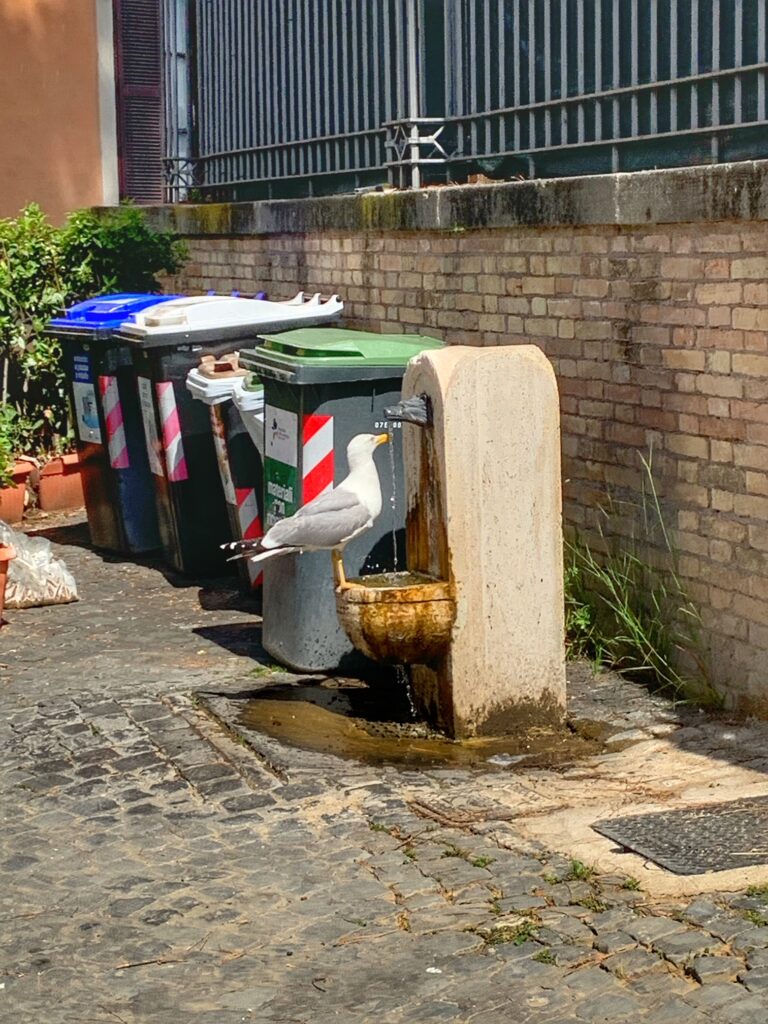
But for me, I find it most gratifying to focus on one very skinny slice of Rome, and then work your way out from there. For me, this took the form of discovering the many water spouts in the city. It started almost by accident since it’s impossible not to walk the streets and miss out on the hundreds of nasoni (“big noses” in Italian). They’re the water fountains that ensure a healthy and hydrated population. Clean fresh water is free for everyone; all you need is a receptacle to hold it or a tiny bit of know-how to close the hole on the nasone and turn it into a bubbler. Or you can be a gabbiano (seagull) and use it as your own personal soda fountain to chase down all that trash you’re picking while roaming Capitoline Hill.
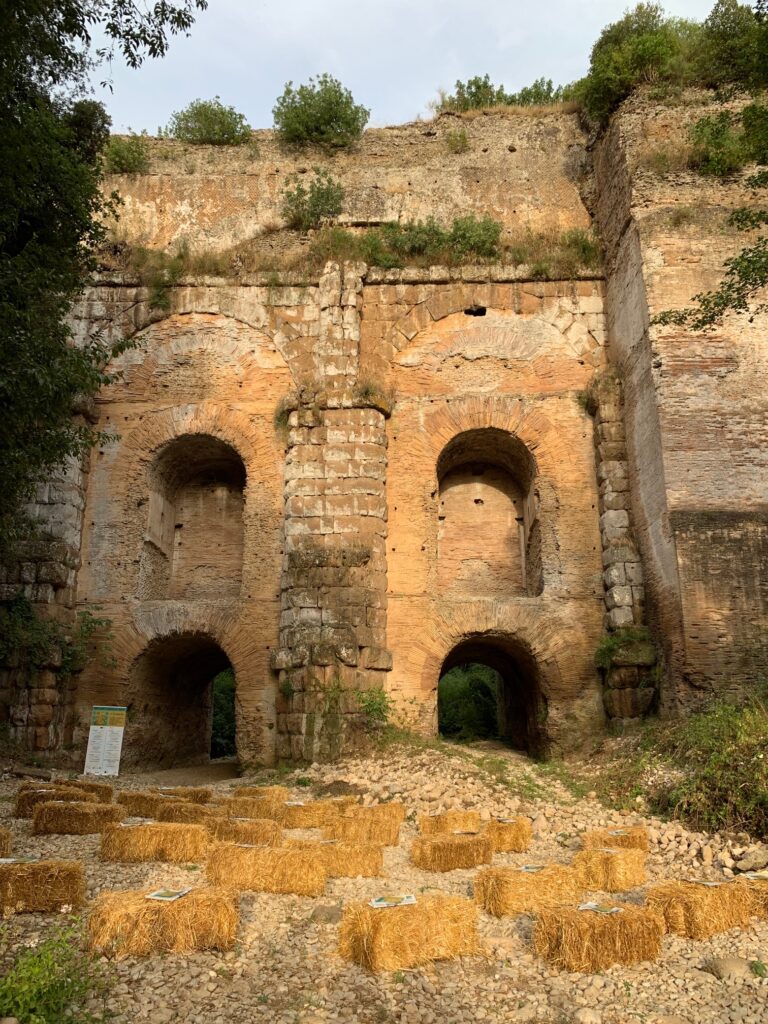
Long after the rise and (mostly) fall of the ancient Roman aqueducts, a new method of supplying the city emerged some four hundred years ago. This was when Pope Paul V constructed a newer aqueduct from a source just northwest of Rome. Lake Bracciano is a pristine area in Lazio that was originally a volcano. It’s an attractive weekend alternative to the nearby seaside, and I also discovered that the Italian Air Force was clever enough to stake a bit of its shoreline out to hold its excellent museum.
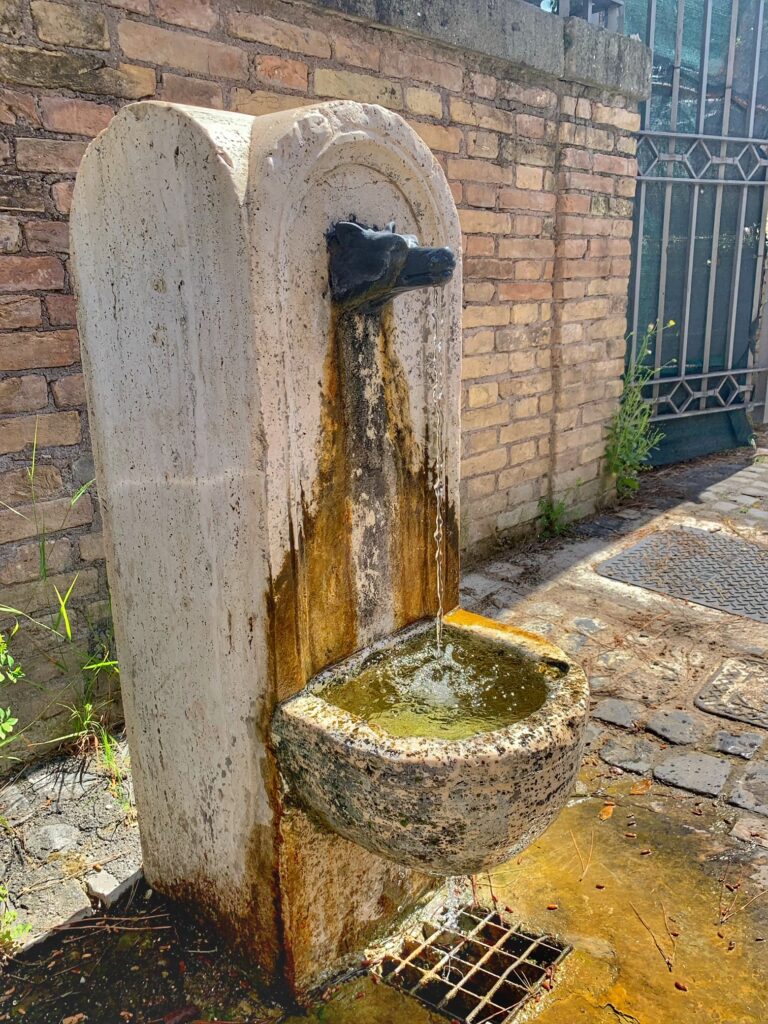
And it’s always a marvel to discover the various aspects of how Rome has stayed watered. At my workplace, there are dozens of historical relics of the old city that have been dug up and on casual display. One of them is an old lead pipe that was once used to funnel the water into the city. Why didn’t the lead composition kill everyone? Well the pipe is colored completely white on account of the high calcium content in the water. The accumulation coated the pipes and protected the living beings of the city from ingesting much of the toxic stuff. This is what I am told, and judging by the frequency in which I must descale my coffee machine and showerhead, I completely believe it.
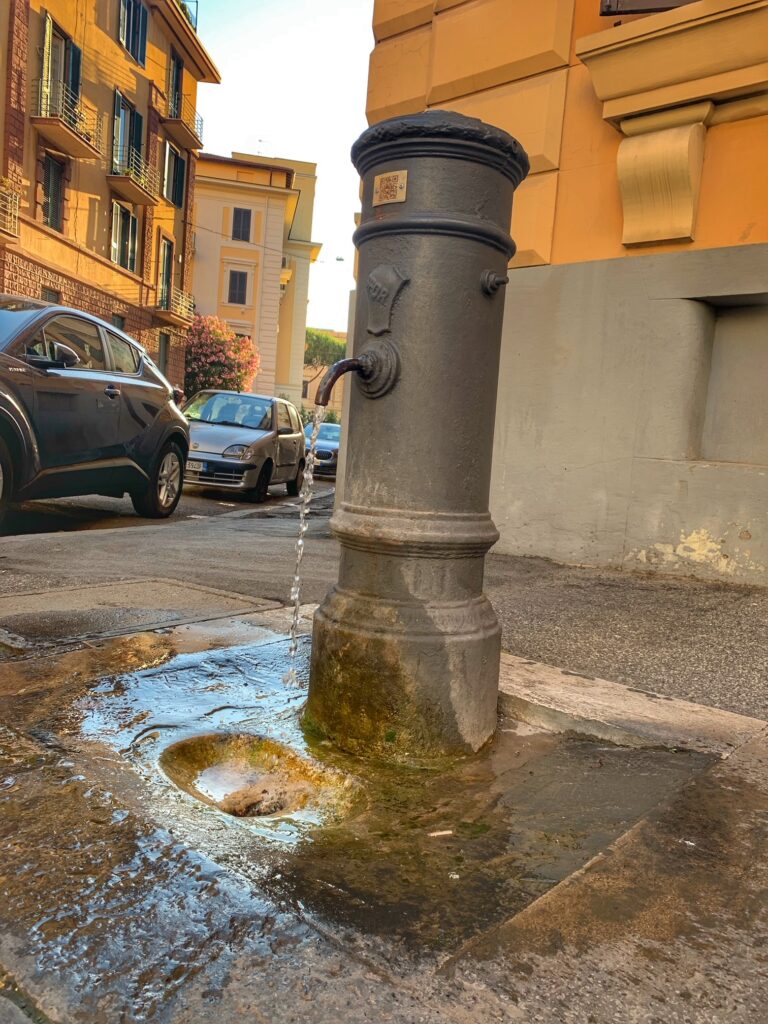
When I was a kid I remember being quietly admonished by my father about turning on the tap water at too high a rate when it wasn’t necessary. “Water,” he said, “is a precious resource and you should not waste it.” As for the Romans, I don’t know if they take their extensive network for granted, but I do know that they appreciate and avail of it regularly. One hot summer day a few weeks ago, I was traveling on a city bus when we came to a red light. No sooner had the bus come to a full stop, the driver opened the front door, jumped out of his cabin and leaned into the sidewalk. Bottle in hand, he drew from a nasone that was cleverly stationed at the intersection. The vessel was recharged and he was back in the seat before the light even hinted at turning green again. No one batted an eye.
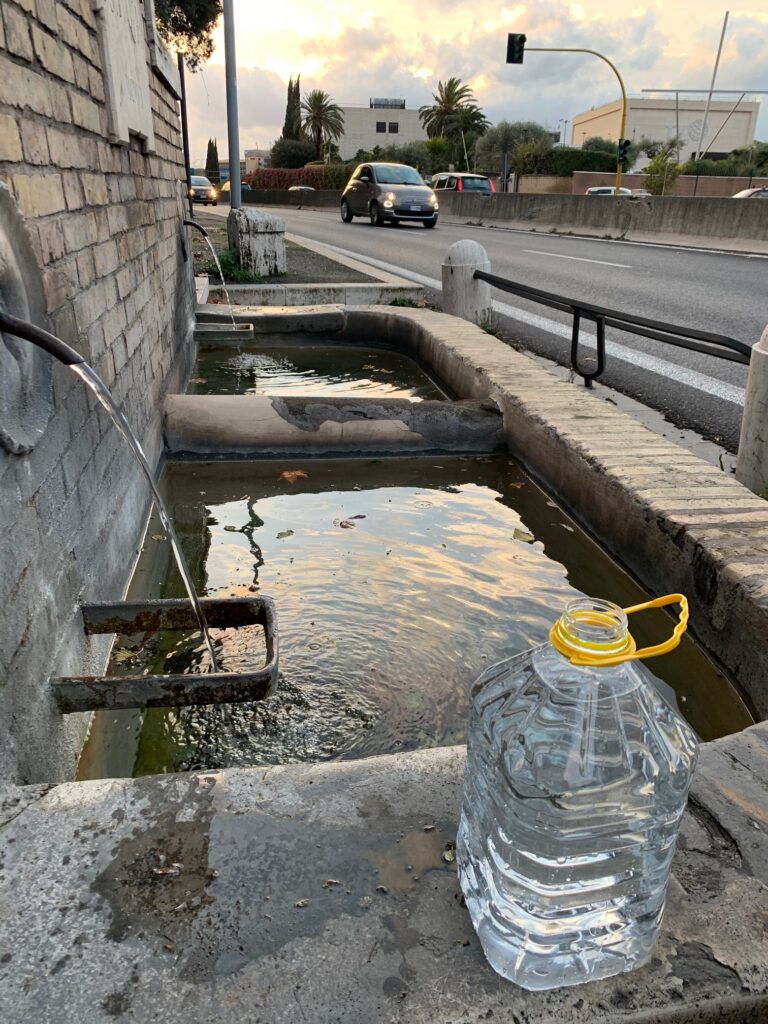
There’s much more that I’d like to learn about the Water Wizz of this particular city. Even if I only become an expert on the places I like best, it’s great to find a place in the fundamentals of the Eternal City. In my car I’ve got a big plastic jug with which I can fill up at that particular fontanella on the Aurelia. And indeed, the last time I passed by that trough, I spotted a police car pulled over on the side in order to scoop up some of this somehow superior acqua. It would appear that perhaps that early tour guide knew what he was talking about.
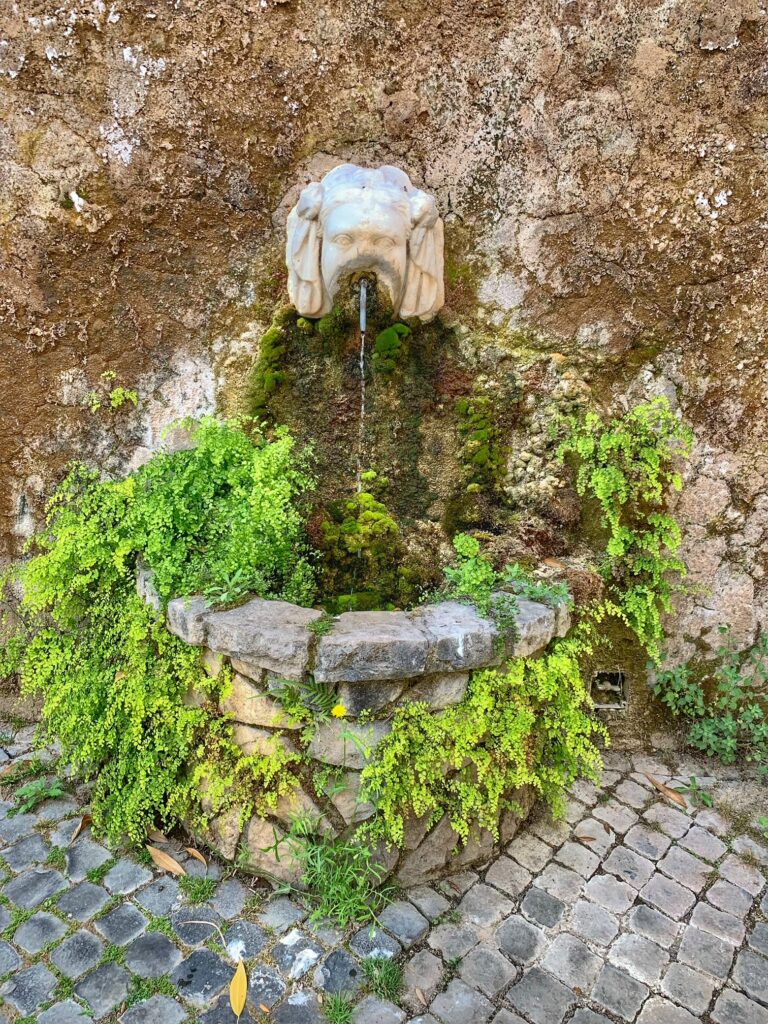
The water in Rome is indeed delicious, and the added bonus is that its delivery system makes a person smile. Like a ten-second one-stop shop for no-language-skills-needed culture and refreshment, stopping for a free drink of water is one thing that I’ll always recommend to folks coming into town.